Baby’s Breath Varieties: Learn About Different Types Of Gypsophila Plants
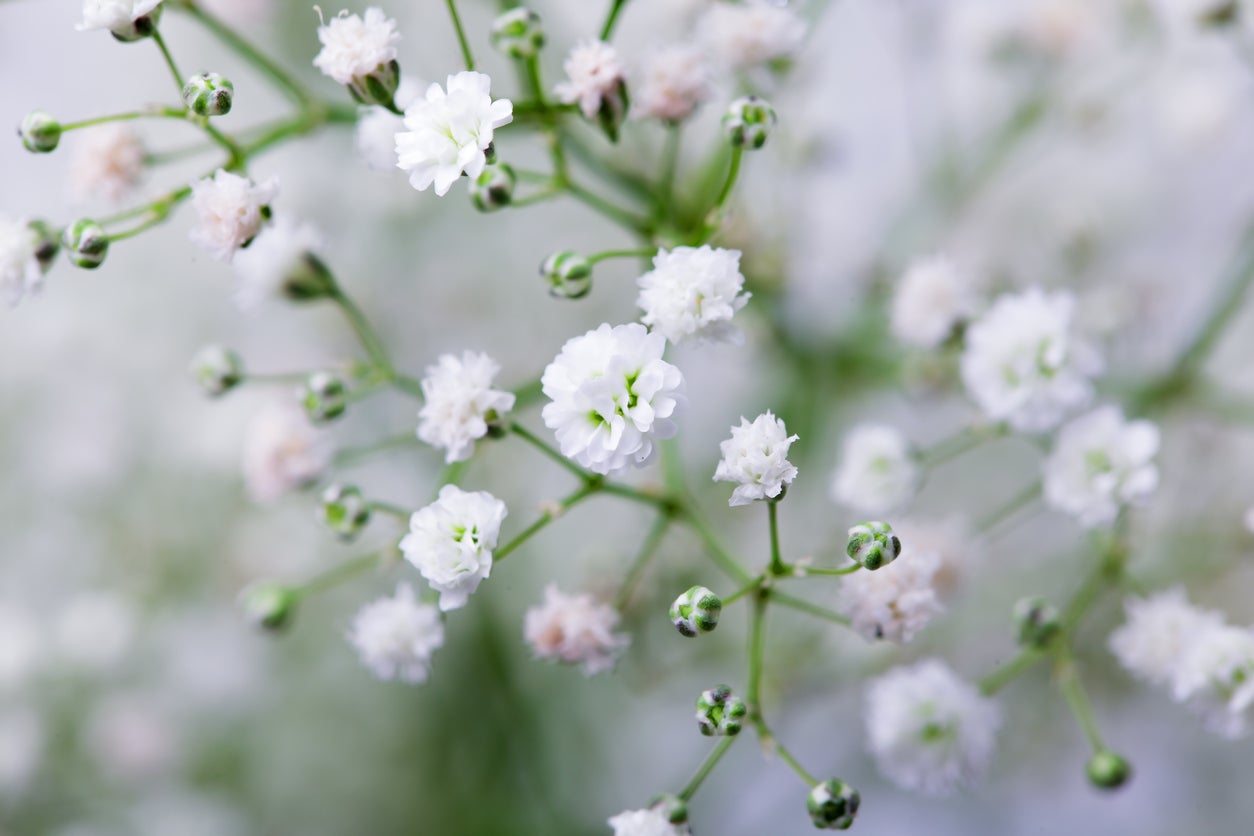

Clouds of billowy baby’s breath flowers (Gypsophila paniculata) provide an airy look to floral arrangements. These profuse summer bloomers can be just as pretty in a border or rock garden. Many gardeners use cultivars of this plant as a backdrop, where the floods of delicate blooms show off brightly colored, lower growing plants.
So what other types of baby's breath flowers are there? Read on to learn more.
About Gypsophila Plants
Baby’s breath is one of several types of Gypsophila, a genus of plants in the carnation family. Within the genus are several baby’s breath cultivars, all with long, straight stems and masses of dainty, long-lasting blooms.
Baby’s breath varieties are easy to plant by seed directly in the garden. Once established, baby’s breath flowers are easy to grow, fairly drought-tolerant, and require no special care.
Plant baby’s breath cultivars in well-drained soil and full sunlight. Regular deadheading isn’t absolutely required, but removing spent blooms will prolong the blooming period.
Popular Baby’s Breath Cultivars
Here are a few of the most popular varieties of baby’s breath:
- Bristol Fairy: The Bristol Fairy grows 48 inches (1.2 m.) with white flowers. The tiny flowers are ¼ inch in diameter.
- Perfekta: This white flowering plant grows up to 36 inches (1 m.). Perfekta blooms are slightly larger, measuring about ½ inch in diameter.
- Festival Star: Festival Star grows 12 to 18 inches (30-46 cm.) and blooms are white. This hardy variety is suitable for growing in USDA zones 3 through 9.
- Compacta Plena: Compacta Plena is bright white, growing 18 to 24 inches (46-61 cm.). Baby’s breath flowers may be edged in pale pink with this variety.
- Pink Fairy: A dwarf cultivar that blooms later than many other varieties of this flower, Pink Fairy is pale pink and only grows 18 inches (46 cm.) high.
- Viette’s Dwarf: Viette’s Dwarf has pink flowers and stands 12 to 15 inches (30-38 cm.) tall. This compact baby’s breath plant blooms throughout spring and summer.
Gardening tips, videos, info and more delivered right to your inbox!
Sign up for the Gardening Know How newsletter today and receive a free copy of our e-book "How to Grow Delicious Tomatoes".

A Credentialed Garden Writer, Mary H. Dyer was with Gardening Know How in the very beginning, publishing articles as early as 2007.
-
 Looking For Plants To Give You The Soft And Fuzzies? Try These 5 Fuzzy Leaf Plant Options
Looking For Plants To Give You The Soft And Fuzzies? Try These 5 Fuzzy Leaf Plant OptionsLovers of texture, drama, silver foliage and tactile plants will adore these special sensory garden additions. These fuzzy leaf plant options will leave you all aglow
By Susan Albert
-
 Get Ready For A Summer Of Hummers! Grow These Full Sun Hummingbird Plants and Flowers
Get Ready For A Summer Of Hummers! Grow These Full Sun Hummingbird Plants and FlowersIf you’re lucky enough to enjoy a sunny backyard, make sure you are maxing out on your pollinator opportunities and grow these full sun hummingbird plants and flowers
By Tonya Barnett
-
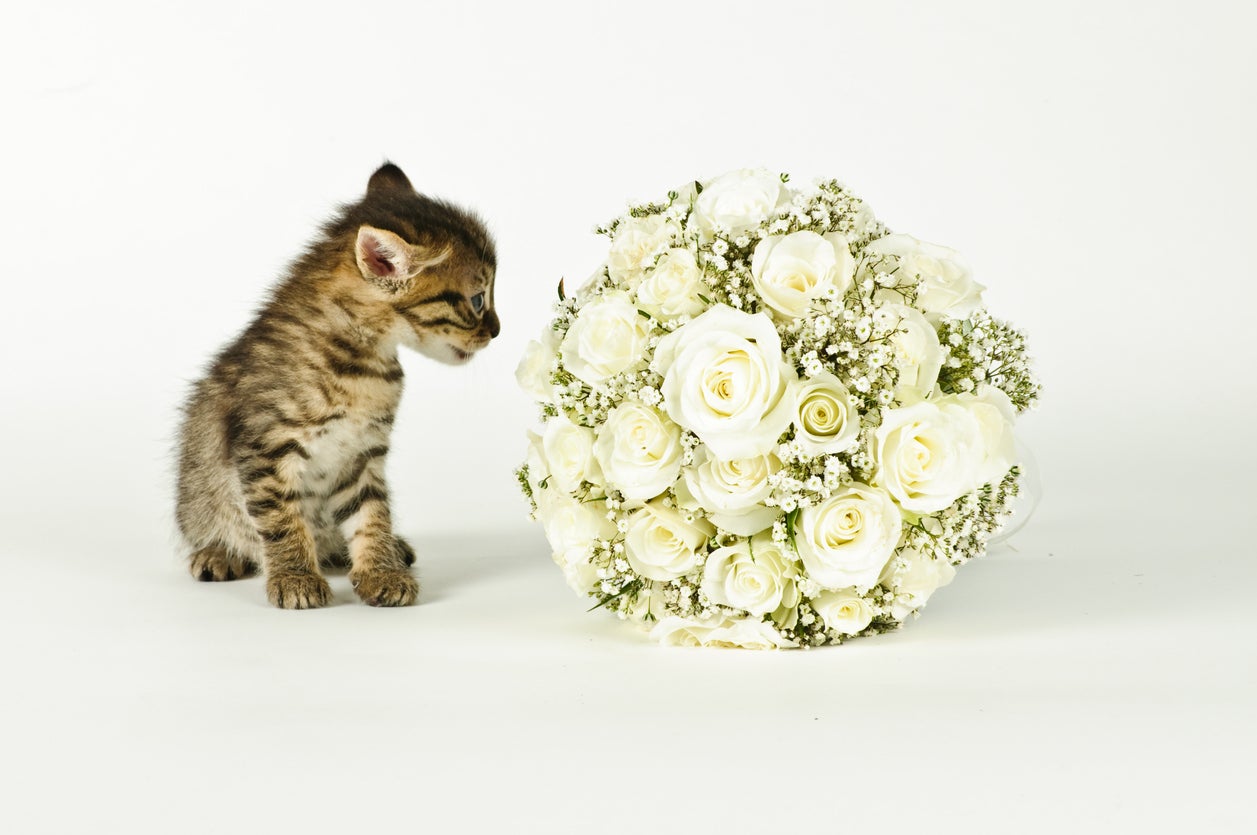 Is Baby’s Breath Bad For Cats: Information About Gypsophila Poisoning In Cats
Is Baby’s Breath Bad For Cats: Information About Gypsophila Poisoning In CatsIf you are the lucky recipient of a bouquet and have a cat, your feline friend may harbor a particular fascination with the baby’s breath. After all, plants are fun for cats, which beckons the question: is baby’s breath bad for cats? Click this article to learn more.
By Amy Grant
-
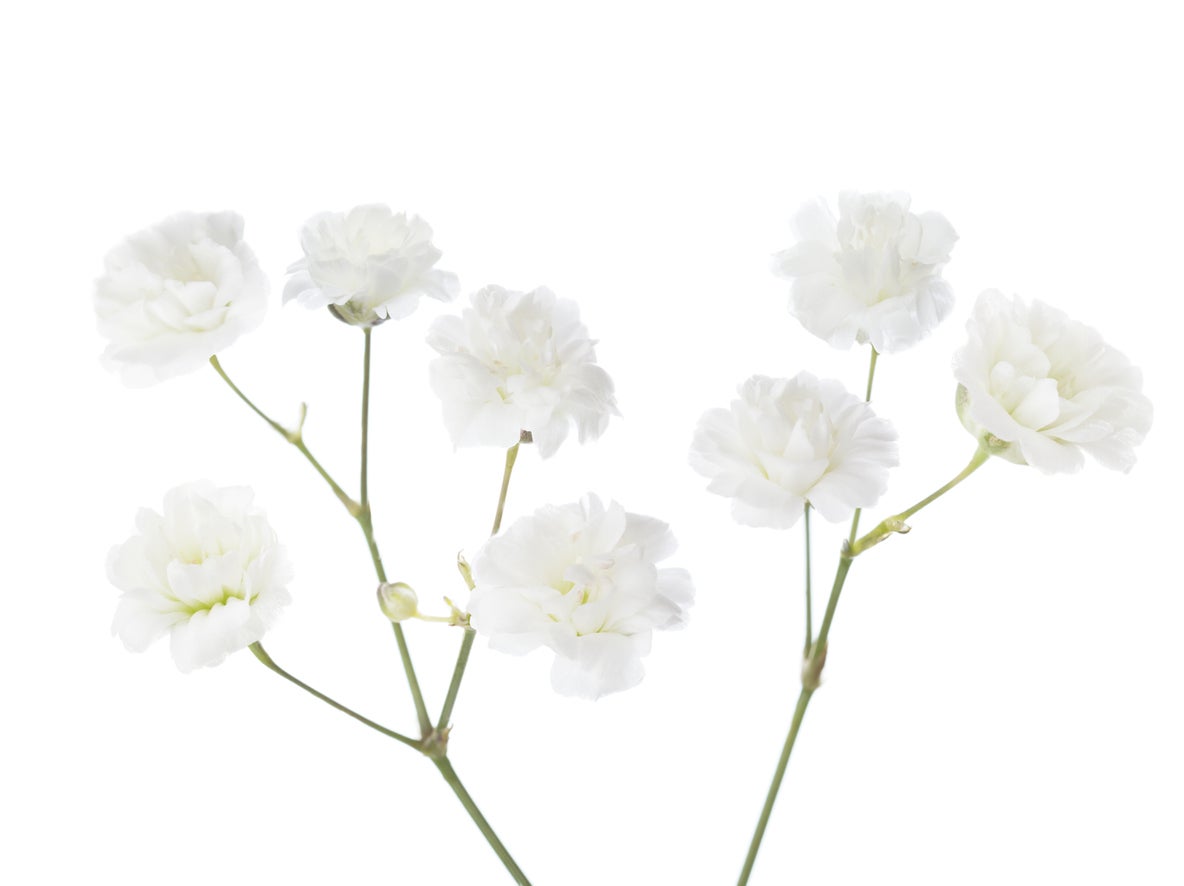 Growing Baby’s Breath From Cuttings: How To Root Gypsophila Cuttings
Growing Baby’s Breath From Cuttings: How To Root Gypsophila CuttingsBaby’s breath is the star of the cutting garden, providing delicate little blooms that dress up floral arrangements, (and your garden). If you have access to a mature baby’s breath plant, growing cuttings from baby’s breath is easy. Learn more in this article.
By Mary H. Dyer
-
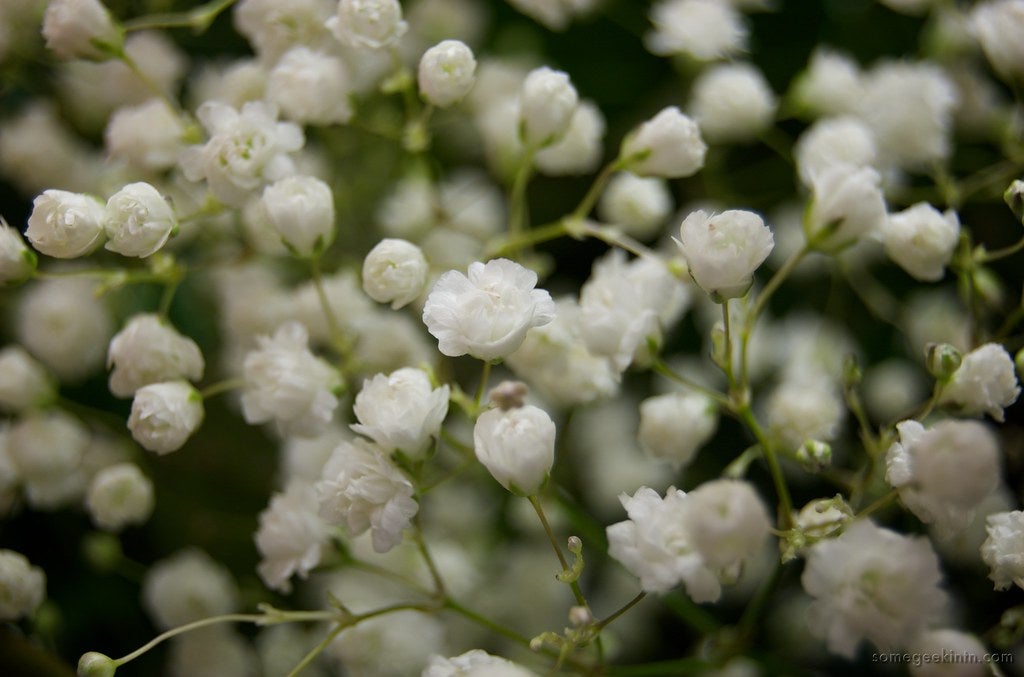 Sowing Baby’s Breath Seeds: Learn How To Plant Gypsophila Seeds
Sowing Baby’s Breath Seeds: Learn How To Plant Gypsophila SeedsGrowing baby's breath from seed will result in clouds of the delicate blooms within a year. This perennial plant is easy to grow and low maintenance. Click this article for more tips on how to plant Gypsophila, or baby's breath, from seed.
By Bonnie L. Grant
-
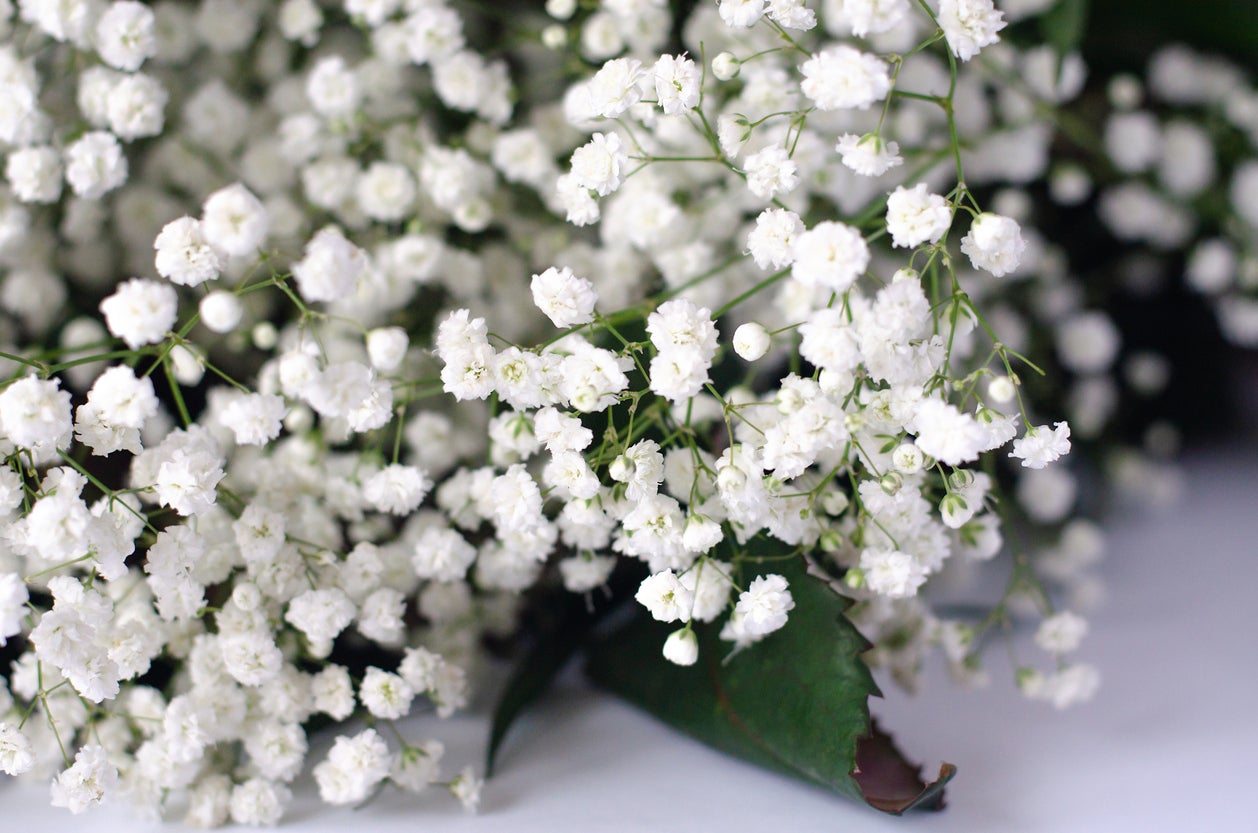 Baby’s Breath Winter Care: Information About Winterizing Baby’s Breath Plants
Baby’s Breath Winter Care: Information About Winterizing Baby’s Breath PlantsBaby’s breath is a staple of cut flower bouquets. You can grow these flowers in your garden with an annual or a perennial variety. Depending on the climate, you may need to take some extra steps to ensure survival over the winter. This article will help with that.
By Mary Ellen Ellis
-
 Baby’s Breath Issues – How To Deal With Common Gypsophila Problems
Baby’s Breath Issues – How To Deal With Common Gypsophila ProblemsBaby's breath is best known for adding a little magic to floral arrangements. If you are thinking of planting these flowers in your backyard, you will want to learn about common problems with baby’s breath plants. Click here for common Gypsophila problems.
By Teo Spengler
-
 Trimming Baby’s Breath – Learn How To Prune Baby’s Breath Plants
Trimming Baby’s Breath – Learn How To Prune Baby’s Breath PlantsYou can grow baby’s breath as an annual or a perennial, depending on the variety chosen. Care is fairly easy, but a little Gypsophila pruning will help your plants grow healthier and bloom more. This article will help get you started with baby’s breath pruning.
By Mary Ellen Ellis
-
 Baby’s Breath Skin Irritation: Is Baby’s Breath Irritating When Handled
Baby’s Breath Skin Irritation: Is Baby’s Breath Irritating When HandledBaby’s breath is commonly found naturalized throughout much of the northern United States and Canada and often identified as an invasive weed. Despite the innocuous look of these sweet soft blooms, baby’s breath harbors a little secret. Learn more in this article.
By Amy Grant
-
 Baby’s Breath Propagation: Learn About Propagating Baby’s Breath Plants
Baby’s Breath Propagation: Learn About Propagating Baby’s Breath PlantsBaby’s breath is a small, delicate bloom included as a finishing touch in many bouquets and flower arrangements. They look great in outside flower beds, too. Starting a new baby’s breath from existing plants is a great way to get more. Click here to learn how.
By Becca Badgett